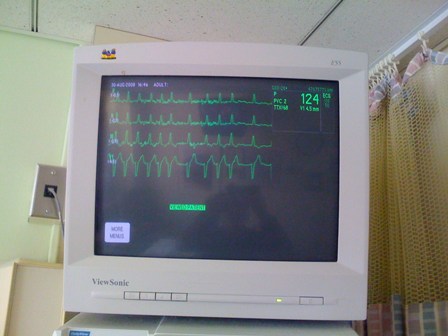This is hard to believe. Those CBs don’t have unlimited USD.
So, if true, they will be borrowing them from the Fed via an extension of Fed swap lines.
The FOMC has approved lines of $620 billion as last reported.
This is functionally unsecured lending to these CBs.
Repayment can only come from selling their own currencies for the needed USDs.
(or by somehow net exporting to the US or selling assets to the US which are hard to imagine.)
Somehow, this high risk, unsecured, ‘back door’ lending has remained under all radar screens.
And, if true, we will soon see the total USD funding need in the Eurozone.
Fed Says ECB, Others to Offer Unlimited Dollar Funds
by John Fraher and Simone Meier
Oct. 13 (Bloomberg) The U.S. Federal Reserve led an unprecedented push by central banks to flood financial markets with dollars, backing up government efforts to restore confidence in the banking system.
The ECB, the Bank of England and the Swiss central bank will offer unlimited dollar funds in auctions with maturities of seven days, 28 days and 84 days at a fixed interest rate, the Washington-based Fed said today. The Bank of Japan may introduce “similar measures.”
[top]





